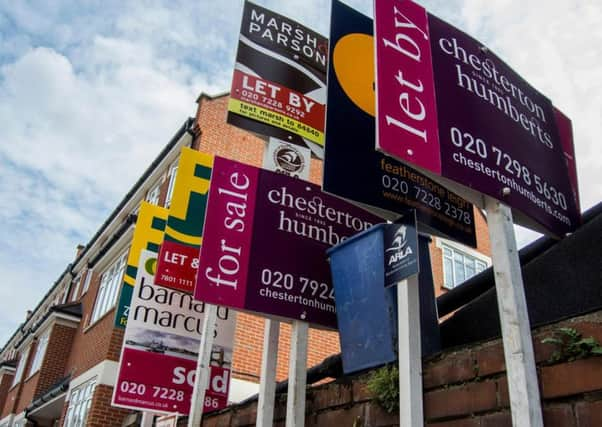Stamp Duty reform changes the market


In Bexhill during the months of April and May the number of rental properties coming to the market was higher than in previous months. This increase has now dropped off and supply is back to being relatively scarce. The percentage of households in the private rented sector is increasing all the time and is currently believe to be at 17%, however this figure is expected to rise further to just over 20% by 2020. Therefore policies which could negatively affect demand are very worrying to a lot of people.
Prior to this legislation it was becoming more common for older people to utilise their pension pay out to purchase a buy to let, however with the increased stamp duty this is not such an attractive choice. This could well affect Bexhill where 45% of the population are over 65. in the Polecat Properties office we have seen many examples of older people deciding to invest in property, some successfully and others less so. Regardless of capital return it has helped to boost supply. Industry experts have stated that the changes to legislation will not cause landlords to relinquish their properties, but will deter new landlords to the market. It is thought that professional landlords will not be discouraged, however the surcharge in most cases equates to a year’s rent, meaning that landlords are likely to expect lower asking prices or higher rents to negate this.
Advertisement
Hide AdAdvertisement
Hide AdInvestors are now looking for higher yielding properties in order to counteract the 3% surcharge such as houses of multiple occupation (HMOs), commercial and semi-commercial properties. Potential family homes are being converted into HMOs as they are perceived as being more profitable, obviously this is not good news for families looking to rent as the pool of available houses is getting smaller. The need for higher yields is being exacerbated by tax changes including the reduction of tax relief on mortgage repayments Mortgage companies are also making it more difficult for investors to secure a buy to let mortgage by asking for a higher minimum rental cover meaning that the weekly rental income will have to be 1.5 times that of the mortgage repayment.
These changes are a prime example of social engineering by the government in an attempt to increase the supply of affordable housing for first time buyers and to remove buy to let investors from the demand pool. However, it fails to take into account the difficulties of securing a mortgage for the first time and trying to save up enough money for a deposit.
The government have bought in different measures to try and assist buyers’ finances in terms of the ‘help to buy ISAs’. However, the effectiveness of these cannot be analysed until 2020 as it operates as a five-year scheme.
Only time will tell whether policy changes will impact negatively or positively on the housing market, with Brexit looming it is difficult to attribute any changes to the stamp duty reform as the air of uncertainty may well be a much more powerful factor.